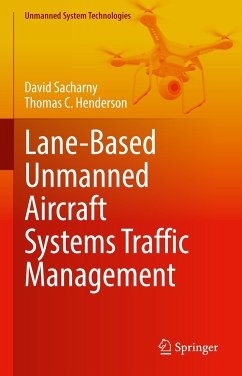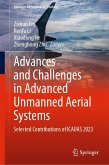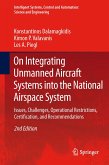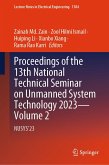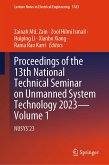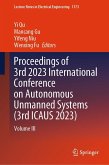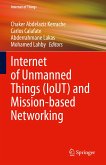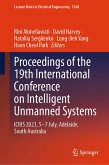The age of Advanced Air Mobility (AAM) is upon us, and in ushering new ways to connect and travel, this wave of technology has been compared to GPS and cloud computing. However, new technologies like AAM require tools to build, expand, and understand the capabilities. This book describes an effective and efficient, complete solution to the large-scale, unmanned aircraft systems (UAS) traffic management problem. The authors present a detailed perspective and solutions to some of the major problems involved in coordinating thousands of autonomous vehicles including: virtual highway (lane) creation, strategic deconfliction of flights, dynamic deconfliction, UAS agent behavior learning, anomalous trajectory detection and classification, as well as a set of simulation results for a variety of scenarios (city package delivery, earthquake supply delivery, coalition force coordination through the lane reservation system, etc.).
- Shows how to create and manage a structured urban airspace;
- Provides strategic deconfliction;
- Enables practical application anywhere.
Dieser Download kann aus rechtlichen Gründen nur mit Rechnungsadresse in A, B, BG, CY, CZ, D, DK, EW, E, FIN, F, GR, HR, H, IRL, I, LT, L, LR, M, NL, PL, P, R, S, SLO, SK ausgeliefert werden.

